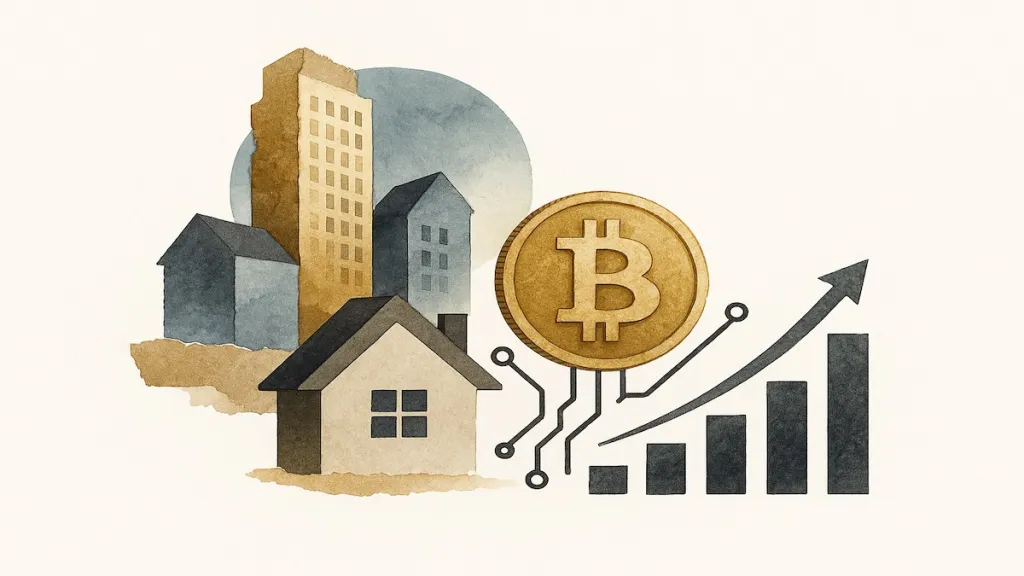The intersection of real estate and blockchain is creating exciting opportunities for investors. Tokenized properties allow individuals to buy fractional ownership of physical real estate using blockchain technology, reducing the barrier to entry and enabling more flexible investments. Meanwhile, virtual real estate in metaverse platforms like Decentraland and Sandbox is gaining traction as investors seek alternative ways to diversify portfolios with digital assets.
Key Trends
- Fractional Ownership Through Tokenization
- Investors can buy digital tokens representing shares of physical properties, earning rental income and capital gains without full ownership.
- Virtual Real Estate in Metaverse
- Land, buildings, and commercial spaces in virtual worlds are sold as NFTs, offering speculative and strategic investment opportunities.
- Integration with DeFi Platforms
- Some platforms allow users to stake tokenized real estate for yield, merging crypto finance with traditional property investment.
Benefits
- Lower Entry Barriers: Investors can participate with smaller capital.
- Liquidity: Fractional tokens can often be traded on secondary markets.
- Diversification: Provides exposure to both physical and digital assets in a single portfolio.
Risks
- Regulatory Uncertainty: Laws regarding tokenized real estate are still developing.
- Market Volatility: Virtual land prices can fluctuate significantly.
- Platform Risk: Security and trustworthiness of tokenization platforms are crucial.
Tokenized real estate and virtual properties represent a new frontier in alternative investments. For crypto-savvy investors, these assets offer both diversification and exposure to emerging digital markets, but careful risk assessment is essential.


